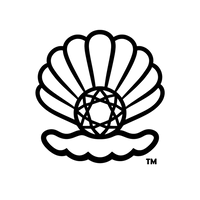Our Philosophy
In today’s diamond market, you’ll encounter many types of diamonds—natural, treated, and lab-grown... With so many options, it’s easy to feel overwhelmed or uncertain. That’s why having a trusted source matters more than ever.
At Meri Diamonds, trust is our cornerstone. We believe in transparency, authenticity, and guiding our clients with clarity. Whether you're choosing a timeless natural diamond or exploring other options, we’re here to help you make informed, confident decisions.
Below, you’ll find a short briefing about diamond types to help you understand the differences and make the choice that’s right for you.











